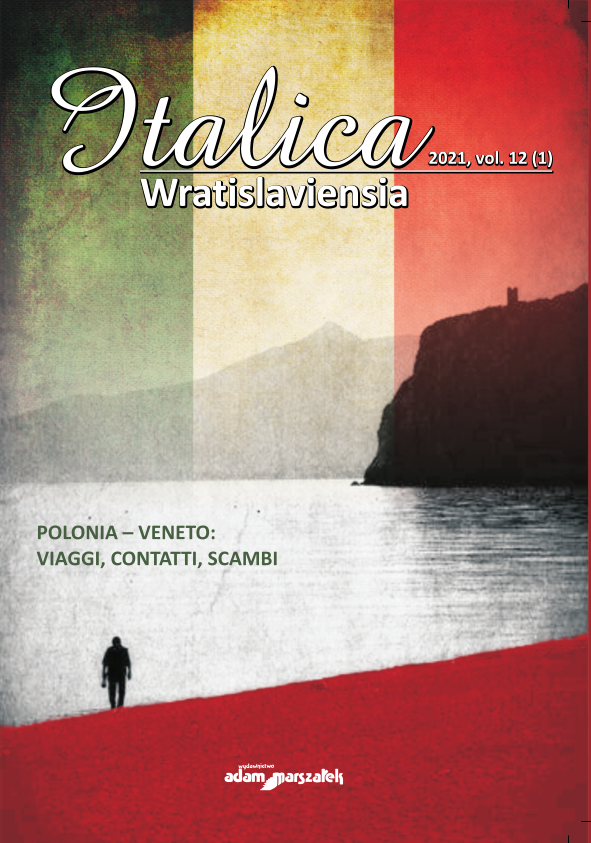Aspetti semioforici della Bibliotheca Sartoriana
Semiophoric Aspects of the Bibliotheca Sartoriana
Author(s): Tomasz JeżSubject(s): Language and Literature Studies, Studies of Literature
Published by: Wydawnictwo Adam Marszałek
Keywords: Wrocław; Italian Seicento; music collection; St. Elizabeth’s church; Daniel Sartorius
Summary/Abstract: The Wrocław patrician Thomas Rehdiger (1540–1576), during his "Wanderjahre", amassed a rich collection of books, manuscripts, coins, precious stones, and works of art. In his will, he bequeathed this collection—gathered mainly during his stays in Padua, Bologna, and Venice—to his hometown, thus giving rise to the first public library in the Wrocław metropolis. In 1589, the Bibliotheca Rhedigeriana was established in the "Auditorium Theologicum" of St. Elizabeth’s Church. In his youth, Rehdiger was educated in the school operating at the church; almost 100 years later, the school’s teacher, Daniel Sartorius (1612–1671), gathered a large collection of music prints, which were published in that period in Venetian publishing houses. This unique collection, stored together along with the Rhedigeriana Library, was later merged with the library’s content. What was the significance of this collection in the culture of 17 th -century Wrocław? This collection, undoubtedly, was assembled based upon inspiration from the Humanistic period, which had been promoted in that Elizabethan school at least as of the times of Laurentius Corvinus. It was supposed to serve the teaching at the "Elisabethanum" and shape the artistic tastes of its students, who performed state-of-the-art Italian music during school activities or afternoon recess. Attempts were made to introduce the carefully collected repertoire into the liturgical practice of a nearby church, using the technique of "contrafactum" that was popular at the time. The Sartorian Library’s semiophoric function, however, was to define a new form of cultural memory for the Wrocław elites and to outline the original profile of their identity, which was oriented by the same ideals that guided the composers of the Italian "Seicento".
Journal: Italica Wratislaviensia
- Issue Year: 12/2021
- Issue No: 1
- Page Range: 107-121
- Page Count: 15
- Language: Italian

